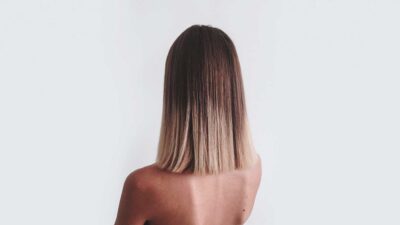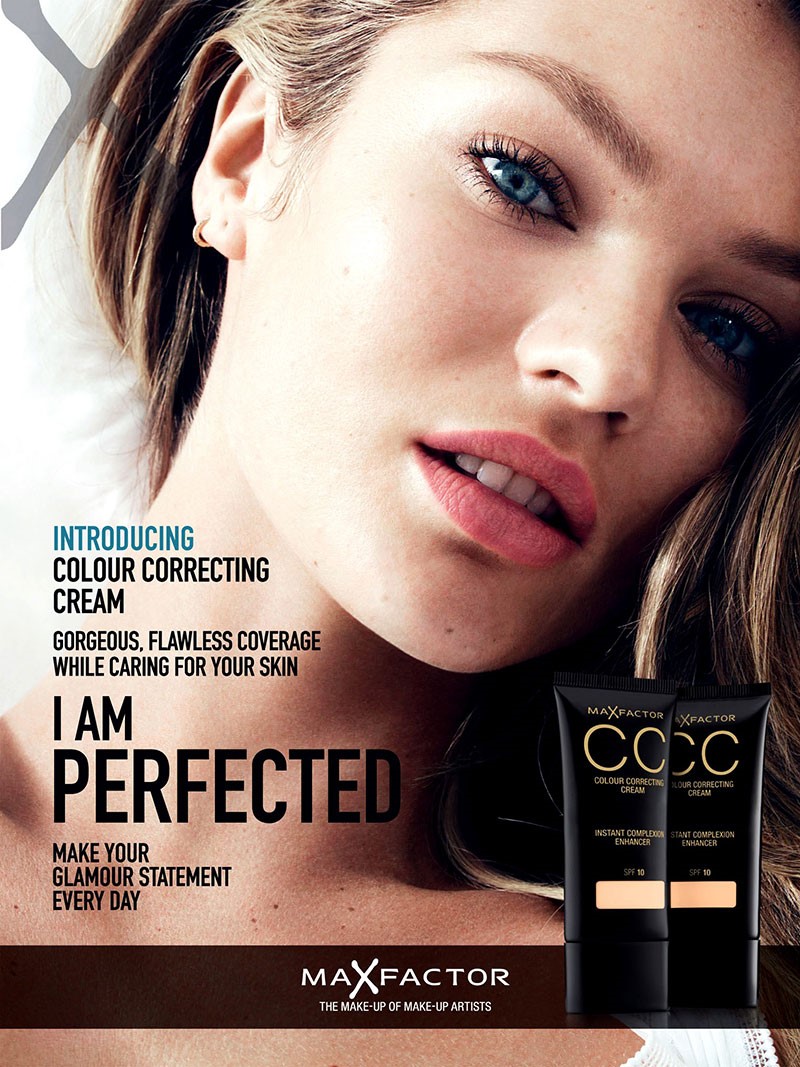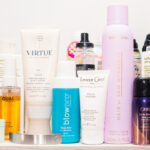 Here’s why you need to brush your hair
Here’s why you need to brush your hair
When you brush your hair properly, you can stimulate your scalp, “which improves the blood circulation to the scalp,” says Nikhil Patil, style director, Jean-Claude Biguine India. “It can help shed dead hair which is about to come out,” and since we lose 50-100 strands of hair a day, brushing will help you remove all that loose hair. In addition to scalp stimulation, brushing can nourish your hair in other ways too. “It can help condition your hair and make it more manageable. It adds bounce to your hair and removes tangles. The oil glands in the scalp release sebum, which is a natural conditioner. And since sebum cannot travel on its own, brushing helps to distribute it along the length of the hair. Like you exfoliate the body by scrubbing, brushing also removes dead scales of the scalp,” says Dr Rinky Kapoor, cosmetic dermatologist and dermato-surgeon, The Esthetic Clinics.
How to brush your hair right
Start in the midsection of your hair and brush down to the ends. Then, move the brush up and continue brushing downward. “To detangle, start by brushing the ends and then work towards the roots. This way, you won’t pull on the hair and damage the hair cuticle. If your hair is really knotted, always use the tips of the bristles or the comb to detangle. Part your hair in two or four sections for better handling, as you will pull on your hair more if you go with the brush on all strands together,” says Patil.
 If you have straight hair
If you have straight hair
Straight hair is best suited for brushing and helps reduce flyaways. If you have long hair, remember to section your hair. “In longer hair, the ends are weak and extra dry so are prone to damage, so use a serum or light oil to detangle,” says Patil. For best results, use a paddle brush with soft bristles to balance all the oil and leave the ends soft and shiny.
 If you have wavy hair
If you have wavy hair
Wavy hair, if aggressively brushed when dry can become frizzy. “If you have dry hair that is prone to breakage, always use a serum for smoothening the strands, or a drop of light oil or hair sprays to condition your hair and then brush. Even though brushing through wet hair is usually a no-no, using a wide-toothed comb to set your hair while it is still damp can help prevent frizz and a lack of shine later.
If you have curly hair
Regularly brushing curly hair when dry will make them lose their definition and even lead to breakage and damage. “Use leave-in conditioner and then brush your hair when it is nourished for less than a minute,” suggests Dr Kapoor. The fluffing technique of using your fingers to set your curls or coils are a good play. “It’s best to scrunch curly hair, but if you need to brush them, it’s best to do when you are conditioning them. It will make help tame the curls and you can set them with your fingers once the knots are out,” says Patil.
 If you have fine, breakage-prone hair
If you have fine, breakage-prone hair
If you suffer from hair fall and thinning, brushing is not recommended as it can lead to more breakage. “If you have fine hair, it’s best to use a wide-toothed comb for less breakage and brushing is not ideal,” says Dr Kapoor. For this hair type, brushing when wet (when the hair is the most fragile) should be skipped, as it can cause major damage. For a gentler approach, you can pick synthetic bristles over natural ones, which glide through the hair easier.













